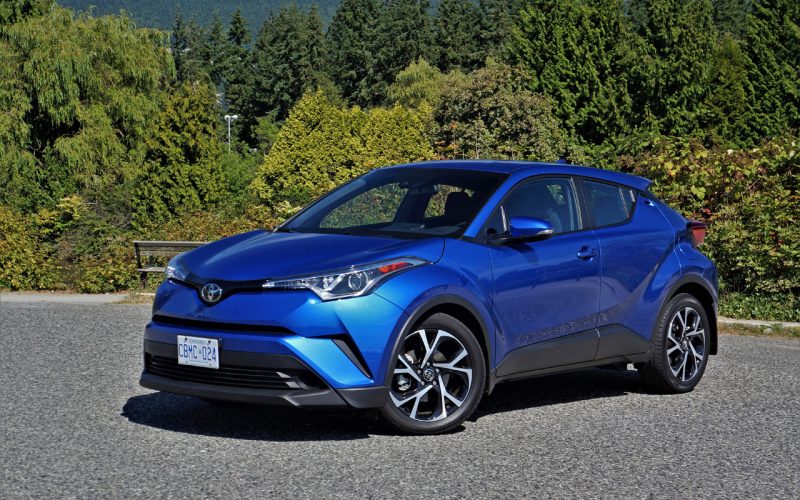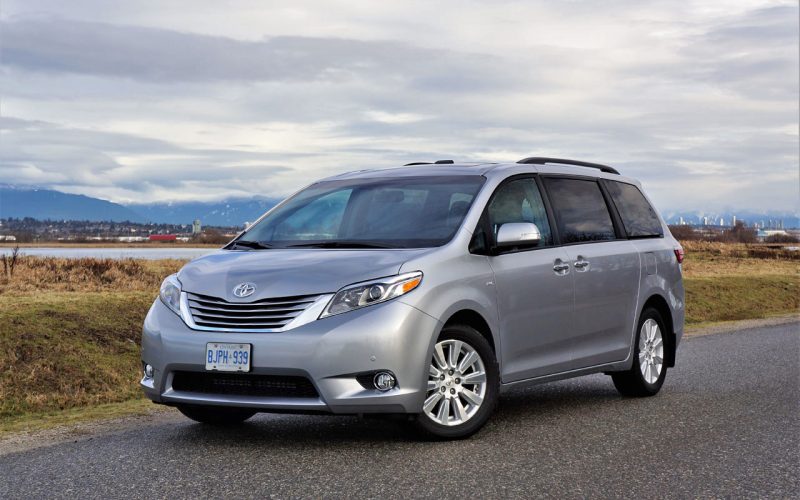
Reading Time: 14 minutesEver feel like you’re in a fishbowl? Drive a new Toyota C-HR in Radiant Green Mica

Reading Time: 6 minutesI remember when this third-generation 2011 Sienna was brand new, and in sporty SE trim it
© 2025 The Car Magazine. All Rights Reserved, Privacy Policy | Terms of Use